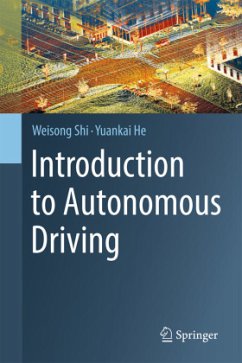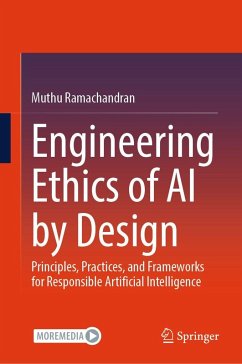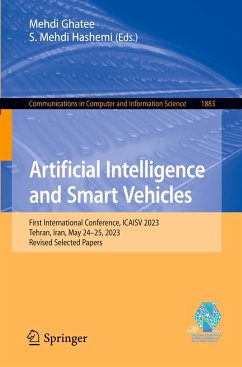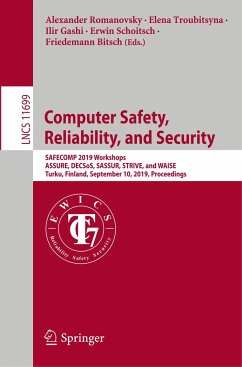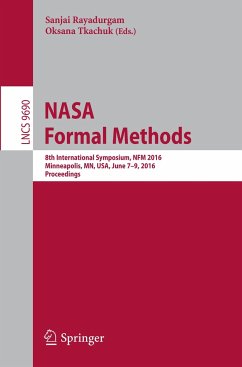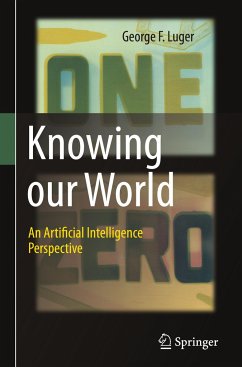
Mobile Robot Programming
Adventures in Python and C

PAYBACK Punkte
29 °P sammeln!
This book emphasizes software design as the most important topic in modern robotics and demonstrates practical code examples in Python and C. The book introduces the free simulation system EyeSim in combination with EyeBot robots, which can be built from inexpensive embedded processors, sensors and motors - or by adapting the control inputs of model cars.EyeSim is a free software for MacOS, Windows and Linux, which uses a realistic physics simulation engine and is source-code compatible to the EyeBot mobile robots. So, each robot program can first be tested on the simulator before running it o...
This book emphasizes software design as the most important topic in modern robotics and demonstrates practical code examples in Python and C. The book introduces the free simulation system EyeSim in combination with EyeBot robots, which can be built from inexpensive embedded processors, sensors and motors - or by adapting the control inputs of model cars.
EyeSim is a free software for MacOS, Windows and Linux, which uses a realistic physics simulation engine and is source-code compatible to the EyeBot mobile robots. So, each robot program can first be tested on the simulator before running it on a real robot. EyeSim includes modules for driving, walking, swimming and diving robots, as well as for robot manipulators. EyeSim also runs on the Meta/Oculus Quest, providing a fully immersive robotics experience in virtual reality.
Beginning with simple driving algorithms and sensor data processing for distance sensors, Lidar and camera, the book progresses to more complex localization and navigation tasks, as well as vision-based navigation and genetic algorithms. It concludes with artificial intelligence applications for mobile robots in traffic scenarios and full-size autonomous vehicles.
This book is suitable as a text for undergraduate and graduate courses in Robotics, Automation and Artificial Intelligence, as well as a self-study guide for practitioners and hobbyists. All robot application programs in this book are available as free downloads for MacOS, Windows, Linux, and Raspberry Pi OS.
EyeSim is a free software for MacOS, Windows and Linux, which uses a realistic physics simulation engine and is source-code compatible to the EyeBot mobile robots. So, each robot program can first be tested on the simulator before running it on a real robot. EyeSim includes modules for driving, walking, swimming and diving robots, as well as for robot manipulators. EyeSim also runs on the Meta/Oculus Quest, providing a fully immersive robotics experience in virtual reality.
Beginning with simple driving algorithms and sensor data processing for distance sensors, Lidar and camera, the book progresses to more complex localization and navigation tasks, as well as vision-based navigation and genetic algorithms. It concludes with artificial intelligence applications for mobile robots in traffic scenarios and full-size autonomous vehicles.
This book is suitable as a text for undergraduate and graduate courses in Robotics, Automation and Artificial Intelligence, as well as a self-study guide for practitioners and hobbyists. All robot application programs in this book are available as free downloads for MacOS, Windows, Linux, and Raspberry Pi OS.




